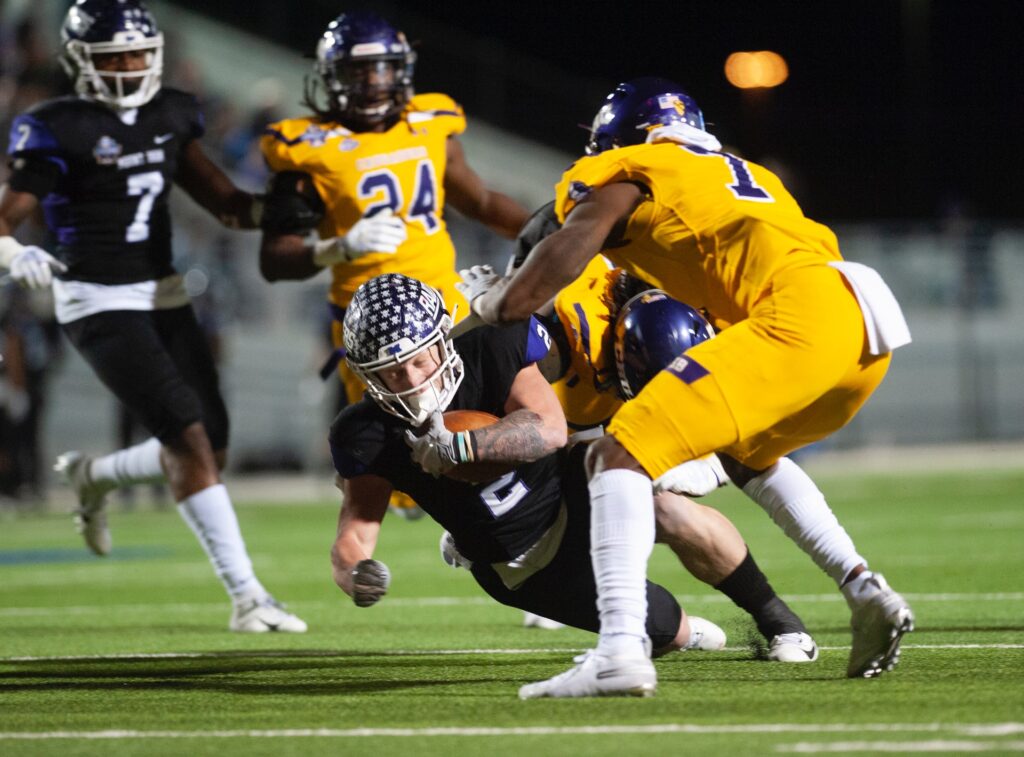If Ricky Williams is a name that resonates with you, then you’ve probably seen visors- these football gear additions have been in since 1988. However, if you aren’t big on American football, but the intrigue drives you to understand the logic behind the curved plastic mask football players have attached to their helmets, keep your eyes peeled. Visors made their first appearance in the 1980s, and the rest was history. Players have since then adorned helmets with plastic masks covering their eyes. While it is easy to assume that these cool plastic shades are part of the football gear, there is more to them. Visors were primarily designed to protect the player’s eyes from injury; they have taken up several uses over time. We take a peek at five critical functions of football visors in the field today.
Eye protection
Right from inception, visors were intended to protect the player’s eyes from external injury; this extends to eye pokes, grass dirt, and physical impact from other players. Considering how physically brutal football can get, the players are always at risk of getting struck despite being geared up. While a grilled football helmet does most of the protection, it leaves the athlete’s eyes exposed to blows and strikes from the ball and the offense. Visors are ideally designed to handle about 562 pounds of force which means the athlete can sustain a significant impact without suffering any injury.
Visual correction
Illumination filtering
Football visors come in different variations, from clear to tinted and polarized. Helmet visors are range-designed to filter out sunlight waves. For instance, light-sensitive athletes can bank on tinted visors to reduce their light sensitivity on the field. Polarized sunglasses, on the other hand, aid in shading the players from U.V sunlight rays. Considering bright sunlight can temporarily blind someone, football visors come as an undeniably functional addition to help footballers have a clear view of the ball at all times.
Gaming strategy
Eyes are telling, and the last thing any player needs is their opponent predicting their next move. Football is a strategic game that is greatly dependent on observation, anticipation, and strength. Investing in a pair of tinted visors for the team, especially the quarterback and receivers, elevates their gameplay while intimidating the offensive side. Wearing tinted visors hides the players’ eyes, making it impossible for the opponent to pick up any clues.
Mental boost
They look good, and the feel-good factor is real. Giving the players an extra layer of protection in the field boosts their confidence tremendously. The athlete can channel their entire focus on the ball when they don’t have to worry about getting poked in the eye when they’re playing. Athletes with anxiety relay visors to be beneficial during games by acting as barriers between them and the outside.
Conclusion
Football visors are a revolutionary addition to the sport’s gear. Despite the benefits, different sports gurus and stakeholders have separate votes on the legality of visors in the field. While there may be a lack of a unified stand on visors, the National Football League has legislated the use of a few selected types. Disregarding an athlete’s stated code of visor violations could translate into disciplinary action or ejection from the game. The bottom line is, you will have to carry out your research to determine which visors are permissible by the concerned body governing and regulating football in your interest sphere.

